Hi,
I wrote this post in English and Slovak language.
Hi!
World War II is one of my favorite subjects. Even now, but especially when I was younger, I really liked watching all possible documentaries with this theme. But come to think of it, I generally like to watch military documentaries. But not to deviate from the topic.
As much as I love to watch it on TV, I was glad to go see the armored train and the combat demonstration live. This armored train was directly involved in the fighting in World War II. He fought on the side of the partisans in the Slovak National Uprising.
It was known that the Germans were preparing the occupation of Slovakia, where partisan groups were already active, and therefore it was necessary to act. On August 29, 1944, the Slovak National Uprising broke out. The uprising against the German Empire and the leadership of the Slovak State had been prepared in Slovakia for a long time. There were several factions involved who had their own ideas of what the uprising should look like and when it should break out. At the same time, this was the post-war arrangement of the Slovak Republic, so it is understandable that everyone who could, pulled the strings and promoted their ideas.
The passage of the Soviet Army through the Duklian Pass without a fight, which would be ensured by two elite divisions of the Slovak State Army, which were deployed in the vicinity of Prešov, and then the fastest possible passage through the territory of Slovakia and the expulsion of the Germans, was an ideal scenario. For the time being, the rebel army would hold back the German army and hold the strategic triangle Banská Bystrica-Brezno-Zvolen, until the arrival of the Red Army.
In the end, it happened by itself, so to speak. On August 28, 1944, a group of German soldiers returning from Romania were unplanned by partisan units in the Martin barracks. Another group occupied Ružomberok and closed the factory there, which produced military grenades for the German army. Germany had an excuse to invade the territory of Slovakia, and a day later their troops crossed the border and the occupation began. It happened at the official invitation of the occupying troops by the Slovak government.
As soon as the insurgent command, which was based in Banská Bystrica, found out about the crossing of Slovakia's borders, the units that were supposed to be involved in the uprising began to take up defensive positions and the nationwide resistance officially began.
The main part of the insurgent forces were units of the Slovak Army, which went over to the side of the insurgents. Despite the fact that the rebels tried to accumulate as much military equipment as possible, they mainly lacked anti-tank and anti-aircraft weapons and heavy military equipment. They tried to replace it, for example, with armored trains. They had 3 available. You can see one of them in the picture.
Only 24 Czechoslovak-made light tanks and 34 aircraft were available. They operated from Sliač Airport.
After the German troops entered the territory of Slovakia and began to occupy it, the command of the rebels in Banská Bystrica expected that some of the representatives of the Slovak state would oppose the occupation and call for a fight against the occupiers. The speech of General Čatloš, the commander of the armed forces, was awaited. He was in contact with the Soviet Union and at the same time developed a plan for the uprising of the Slovak Army. However, he inexplicably called on the military garrisons not to resist. Several commanders obeyed this order and almost all military garrisons in western Slovakia surrendered to the Germans and were disarmed. The only exception was the garrison in Trnava, which joined the rebels in an organized manner.
What was worse, however, was that the garrisons in Prešov, which were supposed to occupy the Duklian Pass, were also disarmed, so that the Soviet troops would have an easier entry into Slovak territory. The Germans also managed to occupy the Piešťany airport without a fight, and thanks to this they obtained 10 modern aircraft.
The insurgent commander Golian did not have as much influence in western and eastern Slovakia as the Minister of Defense Čatloš, and it was a great pity that Čatloš did not officially join and call for the uprising.
Considering the mentioned facts, the insurgents expected that they would be able to defend themselves for about two weeks and not until the arrival of the Red Army. The mountainous central Slovakia is ideal for a defensive fight, and thus the insurgents successfully managed to repel enemy attacks for a much longer time, more precisely until October 28, 1944. Gradually, however, the Germans managed to occupy the insurgent territories. The military superiority on the side of the enemy was so great that the rebel army eventually disbanded and small partisan units were formed which operated in the territory of Slovakia until its liberation.
The German troops did not owe the insurgents anything and burned and massacred several villages for treason. A reminder of these atrocities is this Vápenka, where one of the massacres of civilians took place.
I mentioned to you that I like to study military conflicts and I am interested in this topic in layman's terms. That's probably why I wrote so much.
Well thank you
Ahoj!
Druhá svetová vojna patrí medzi moje obľúbené témy. Aj teraz, ale najmä keď som bol mladší som veľmi rád pozeral všetky možné dokumentárne filmy s touto tematikou. Ale keď tak nad tým rozmýšľam, tak si vo všeobecnosti rád pozriem vojenské dokumenty. Ale aby som neodbiehal od témy.
Nakoľko si to rád pozriem v televízii, bol som rád, že som si mohol ísť naživo pozrieť pancierový vlak a ukážku bojov. Tento pancierový vlak bol priamo zapojený do bojov v druhej svetovej vojne. Bojoval na strane partizánov v Slovenskom národnom povstaní.
Vedelo sa, že Nemci pripravujú obsadenie Slovenska na ktorom už pôsobili partizánske skupiny a preto bolo nutné konať. 29. augusta 1944 vypuklo Slovenské národné povstanie. Povstanie proti Nemeckej ríši a Vedeniu Slovenského štátu sa na Slovensku pripravovalo už dlhodobo. Bolo tu zapojených viacero frakcií, ktoré mali svoje predstavy, ako by malo povstanie vyzerať a kedy by malo vypuknúť. Zároveň sa jednalo o povojnové usporiadanie Slovenskej republiky a tak je pochopiteľné, že každý kto mohol, tak ťahal za nitky a presadzoval svoje predstavy.
Prechod Sovietskej armády bez boja cez Dukliansky priesmyk, ktorý by zabezpečili dve elitné divízie armády Slovenského štátu, ktoré boli rozmiestnené v okolí Prešova a následne čo najrýchlejší prechod cez územie Slovenska a vytlačenie Nemcov, to bol ideálny scenár. Povstalecká armáda by zatiaľ zadržiavala tú Nemeckú a držala by strategický trojuholník Banská Bystrica-Brezno-Zvolen, až do príchodu Červenej armády.
Nakoniec sa to udialo tak povediac samo. 28. augusta 1944 neplánovane zastrelili partizánske oddiely v Martinských kasárňach skupinu nemeckých vojakov vracajúcich sa z Rumunska. Ďalšia skupina obsadila Ružomberok a zatvorili tamojšiu továreň, ktorá vyrábala vojenské granáty pre nemeckú armádu. Nemecko malo zámienku vtrhnúť na územie Slovenska a o deň na to prekročili ich vojská hranice a začala sa okupácia. Dialo sa to za oficiálneho pozvania okupačných vojsk Slovenskou vládou.
Hneď, ako sa o prekročení hraníc Slovenska dozvedelo povstalecké velenie, ktoré sídlilo v Banskej Bystrici, začali oddiely ktoré sa do povstania mali zapojiť zaujímať obranné pozície a oficiálne sa začal celonárodný odboj.
Hlavnou časťou povstaleckých síl boli jednotky Slovenskej armády, ktoré prešli na stranu povstalcov. Napriek tomu, že sa povstalci snažili nazhromaždiť čo najviac vojenskej techniky, chýbali im najmä protitankové a protiletecké zbrane a ťažká vojenská technika. Tú sa snažili nahradiť napríklad aj pancierovými vlakmi. Tie mali k dispozícii 3. Jeden z nich môžete vidieť na obrázku.
K dispozícii bolo len 24 ľahkých tankov československej výroby a 34 lietadiel. Tie operovali z letiska Sliač.
Po tom, čo nemecké vojská vstúpili na územie Slovenska a začali ho obsadzovať, velenie povstalcov v Banskej Bystrici očakávalo, že sa niektorí z predstaviteľov Slovenského štátu postaví na odpor proti okupácii a vyzve na boj proti okupantom. Čakalo sa na príhovor generála Čatloša, veliteľa ozbrojených síl. Ten bol v kontakte so Sovietskym zväzom a zároveň vypracoval plán povstania Slovenskej armády. Ten však nepochopiteľne vyzval vojenské posádky aby nekládli odpor. Tento príkaz viacerí velitelia poslúchli a takmer všetky vojenské posádky na západnom Slovensku sa vzdali Nemcom a boli odzbrojené. Výnimkou bola len posádka v Trnave, ktorá sa organizovane pridala k povstalcom.
Horšie však bolo to, že odzbrojené boli aj posádky v Prešove, ktoré mali obsadiť Dukliansky priesmyk a tak by mali Sovietske jednotky uľahčený vstup na Slovenské územie. Nemcom sa podarilo bez boja obsadiť aj letisko Piešťany a vďaka tomu získali 10 moderných lietadiel.
Veliteľ povstalcov Golian nemal taký vplyv na západnom a východnom Slovensku ako minister obrany Čatloš atak bola veľká škoda že sa Čatloš oficiálne nepridal a nevyzval k povstaniu.
Vzhľadom na uvedené skutočnosti povstalci očakávali, že sa im podarí brániť asi dva týždne a nie až do príchodu Červenej armády. Hornaté stredné Slovensko je ideálne na obranný boj a tak sa povstalcom úspešne darilo odrážať nepriateľské útoky oveľa dlhšiu dobu, presnejšie do 28 októbra 1944. Postupne sa však Nemcom darilo obsadzovať povstalecké územia. Vojenská prevaha na strane nepriateľa bola taká veľká, že sa povstalecká armáda nakoniec rozpustila a sformovali sa malé partizánske oddiely ktoré na území Slovenska pôsobili až do jeho oslobodenia.
Nemecké jednotky povstalcom neostali nič dlžný a za zradu vypálili a vyvraždili niekoľko dedín. Pripomienkou týchto zverstiev je táto Vápenka, kde sa odohral jeden z masakrov civilistov.
Spomínal som vám že vojenské konflikty rád študujem a laicky sa zaujímam o túto tematiku. Asi preto som sa tak rozpísal.
Ďakujem
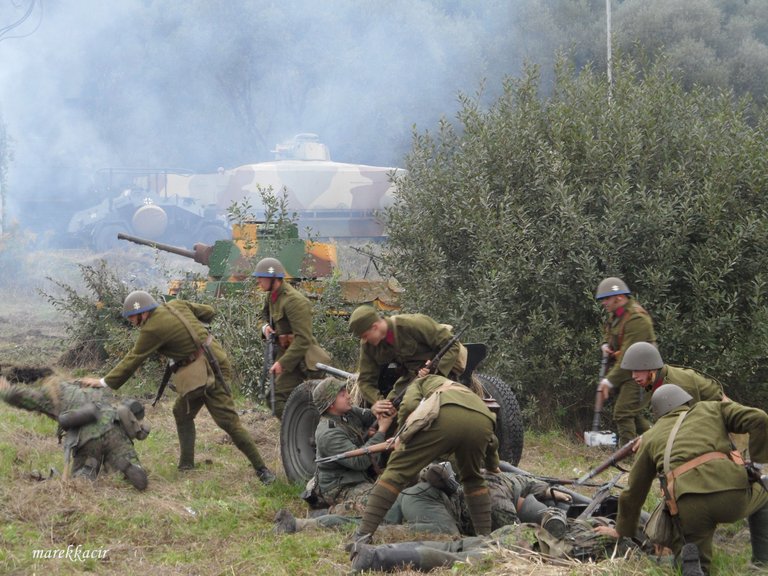
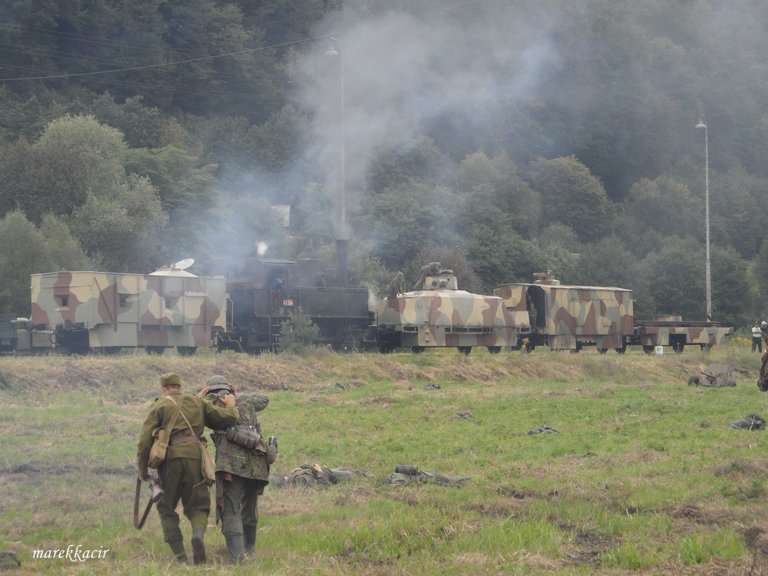
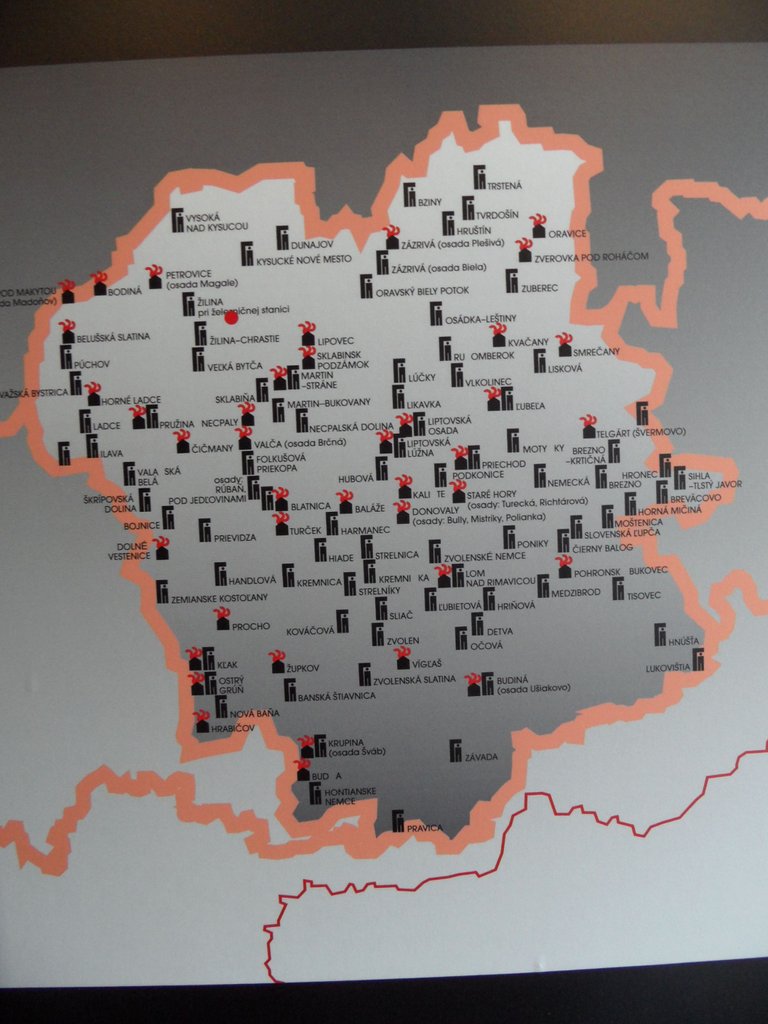
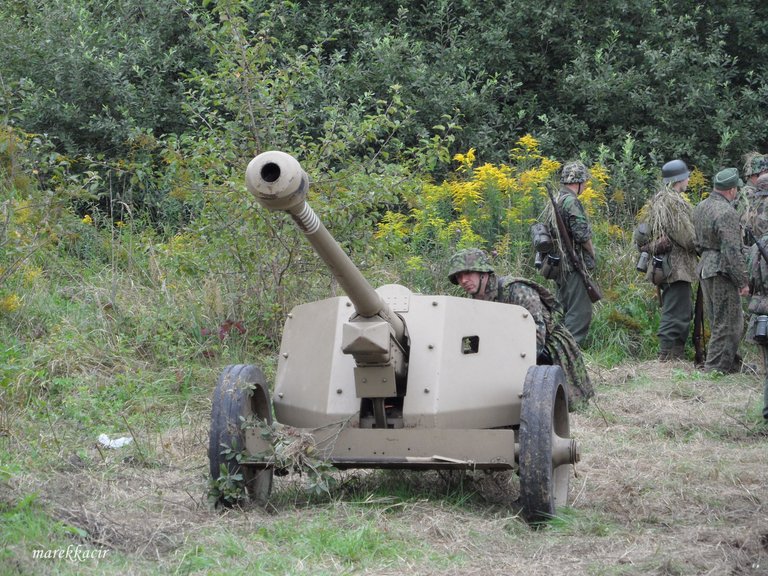
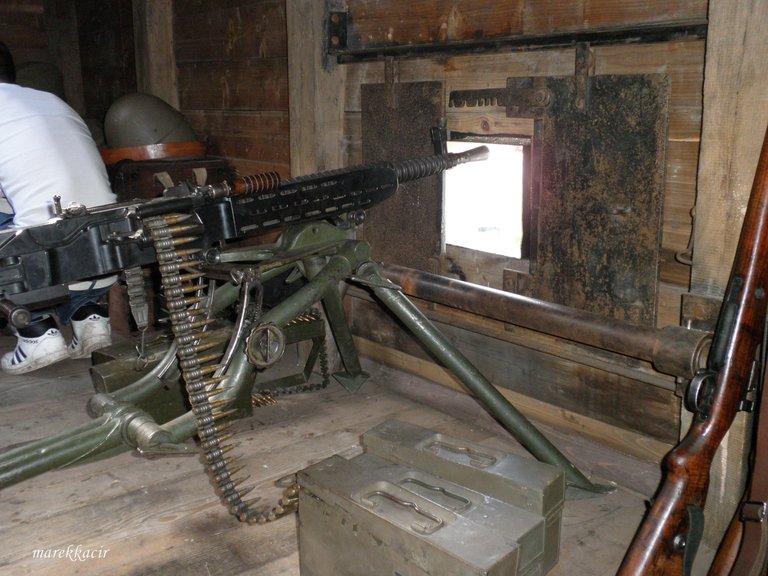
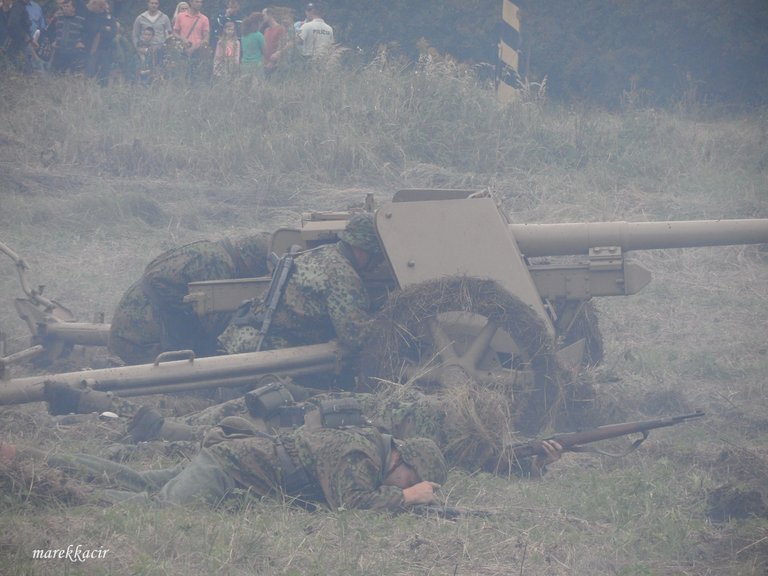
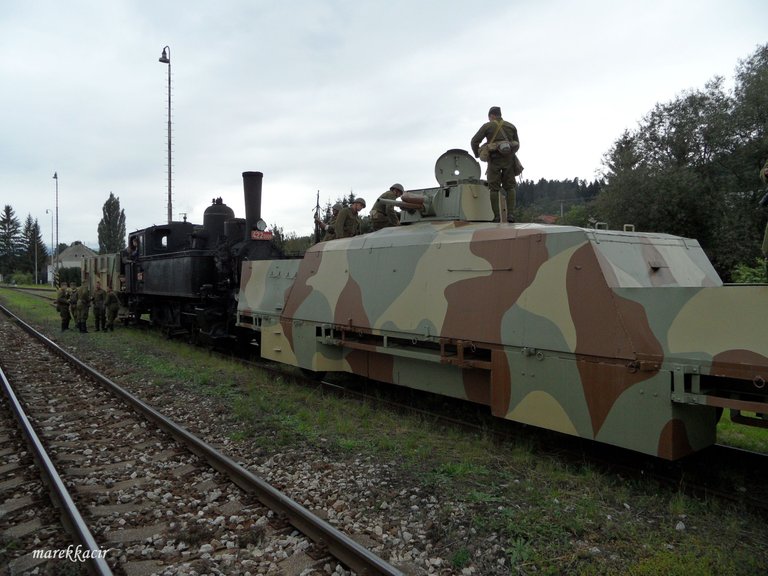
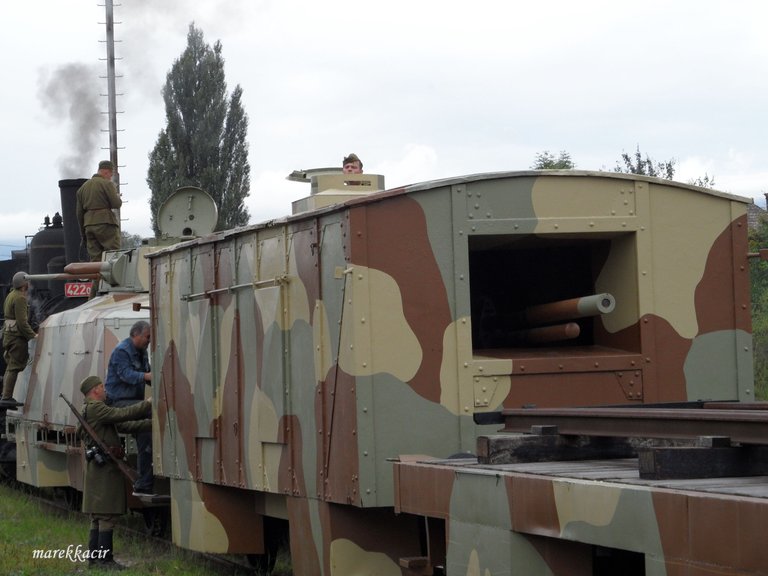

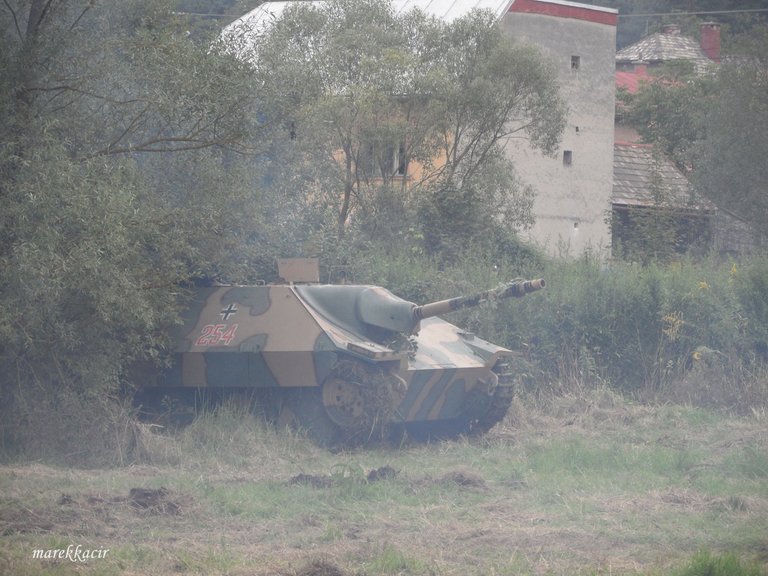

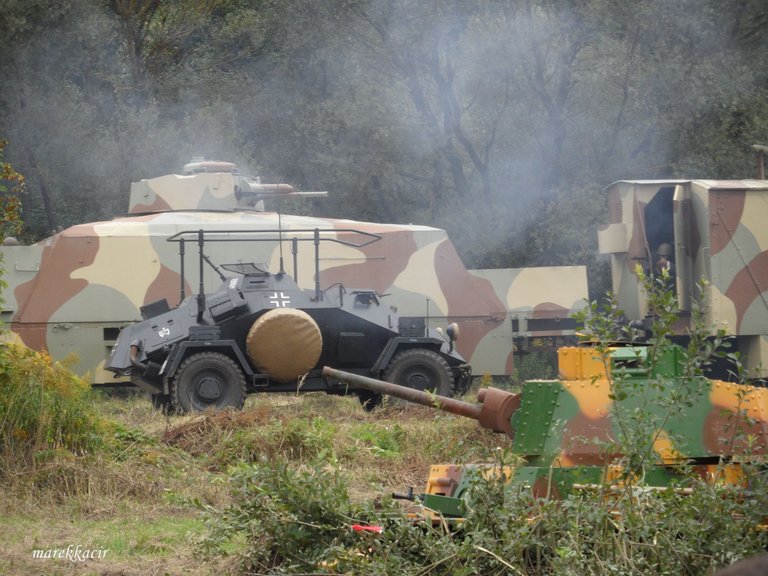
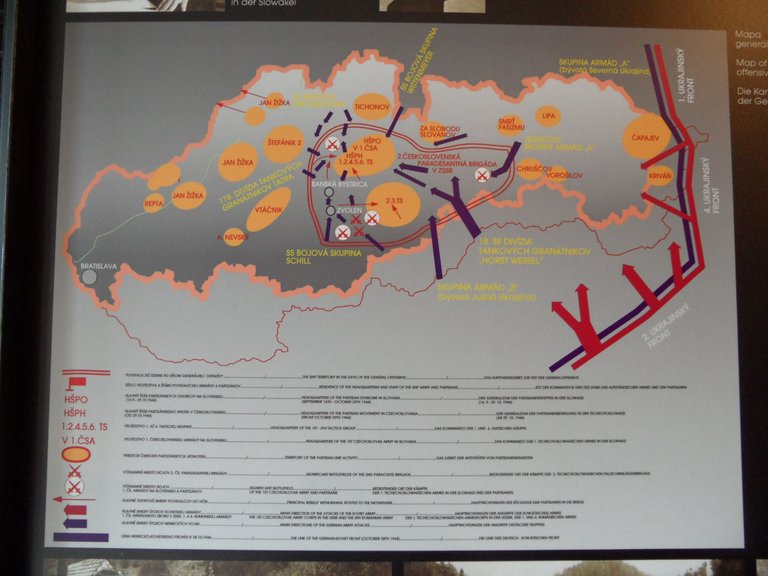

The rewards earned on this comment will go directly to the people( @flquin ) sharing the post on Twitter as long as they are registered with @poshtoken. Sign up at https://hiveposh.com.
Congratulations, your post has been added to Pinmapple! 🎉🥳🍍
Did you know you have your own profile map?
And every post has their own map too!
Want to have your post on the map too?
I really like this type of commemoration. Where I'm from, they don't do them much. We know our history, but very rarely do performances like this. If they did, i would like very much to participate in at least one of them.
Thank you very much for sharing and for telling this part of your country's history.
!LUV !PIZZA
Thank you
@tipu curate
Upvoted 👌 (Mana: 0/43) Liquid rewards.
Congratulations @photoparadise! You have completed the following achievement on the Hive blockchain And have been rewarded with New badge(s)
Your next target is to reach 13000 upvotes.
You can view your badges on your board and compare yourself to others in the Ranking
If you no longer want to receive notifications, reply to this comment with the word
STOPCheck out our last posts:
Support the HiveBuzz project. Vote for our proposal!